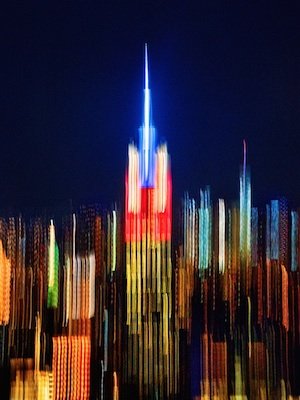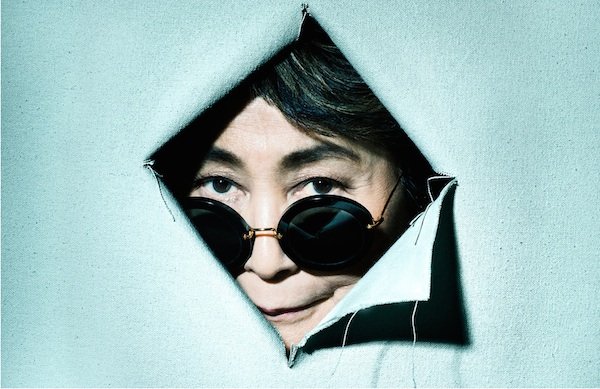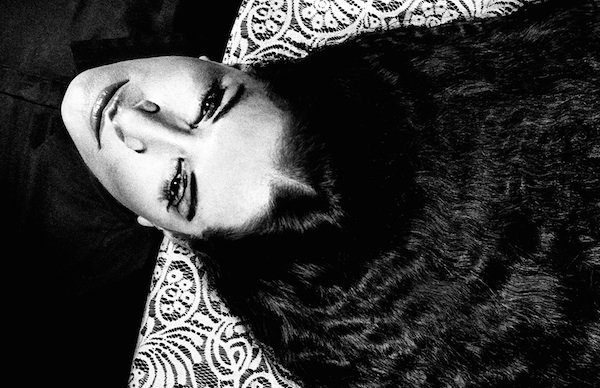Photographer Profile - Pari Dukovic: "Editors assign you based on a particular story"

|
|
|
The former, a shot of the Manhattan skyline made for a Conde Nast Traveler story celebrating New York, was singled out as one of the top magazine covers of 2015 by both Time and the American Society of Magazine Editors. The photo so perfectly captures the dazzling energy of the city that you might think the concept was months in the planning. It wasn’t.
“Covers are a challenge, because they have to do a number of things — communicate an idea in a single frame, work graphically with text, and have a subject that is instantly recognizable,” says Dukovic. “When the subject is New York, that can be a little tricky. How do you get a unique image of a city that’s been photographed so much? And how to you capture the feeling of such a diverse place in one image?”
Dukovic’s first idea was to look for quintessential New York at ground level. “I walked down Park Avenue, on the West Side, on the East Side, and Downtown, doing street photography. That’s my background — basically the way I got into photography was doing street photography when I was growing up in Istanbul. When I was 14 and 15, Cartier-Bresson was my inspiration,” he says. “But for this assignment, I didn’t feel like what I was shooting on the street was working as a cover.”
That’s when he started thinking vertically. One evening he went to the Top of the Rock — the observation deck at Rockefeller Center with 360-degree views of the city.
“I have a technique I use often in my portraiture work, where I combine a long exposure with handheld camera movement to create blur and effects with lights, and I said to myself, I have to treat this assignment more like I'm doing a portrait of the city rather than trying to do a landscape picture,” he says. He got what he wanted when he lined up on the iconic shape of the Empire State Building.
The other photo in question — the actual portrait — was a shot of eternal supermodel Naomi Campbell, made for GQ in 2015.
“Like new York, she’s been photographed a billion times,” says Dukovic. Before his session with Campbell, he looked at as many of those pictures as he could.

While the shot of the New York skyline was made with a digital camera — the Nikon D810 — Dukovic adroitly switched to film for his portrait of Campbell.
“One of the things I like about shooting film, especially with portraits, is that there is a different kind of air in the image,” he says. “Digital can be a lot sharper than film, and that can flatten things, whereas film gives the image a softer more romantic feeling.”
The Value of Versatility
At his website, Dukovic notes that his work is informed by a fascination with historical painting and sculpture. His knowledge of art history and the history of photography allows him to approach assignments with an expansive versatility, says Joanna Milter, a photo editor at The New Yorker, where Dukovic has been a staff photographer for the past four years.
“He just jumps in with both feet,” Milter says. “When he shoots a portrait of someone, he does a lot of research beforehand. He’ll create a mood board pulling together photos and drawings and paintings. His visual references are spot on. He’s also very flexible. He’ll come up with three or four ways to shoot someone or something, and they’ll all be very different. He can do color or black and white, landscapes and still lifes, studio work and location work. But in the end you always know the work is Pari’s — there’s a beauty and lushness in it.”
Dukovic more or less burst on the scene in New York six years ago, after the usual years of study and assisting, with important assignments from New York magazine and other publications. Beside The New Yorker, his work has appeared in Wired, Rolling Stone, and Vanity Fair. He’s also shot for Nike, Dior, Chanel, and Warner Bros.
Over that time he’s photographed President Barack Obama, Nicki Minaj and a host of other notables that exist between those two poles of cultural consequence, from Misty Copeland to Ted Cruz.




“It’s actually incredibly difficult to sum up in just a small paragraph how mesmerizingly brilliant this editorial photography is,” raved the It’s Nice That blog in 2014. “Grainy, high-contrast and oddly lit, these otherworldly glimpses of faces we know so well are a unique snapshot into the fragile person in front of Dukovic’s lens.” Several of his images, including his photos of the New York City skyline and Naomi Campbell, have been included in the American Photography annual in recent years. He was also named to the PDN 30 list in 2012.
It was Dukovic’s father who set him on his path when he gave his eight-year-old son a Russian Zenit camera. Dukovic attended a high school in Istanbul focused on science and math, and there was some expectation that he might become an engineer. But again, his father stepped in.
“It wasn’t until the end of my high school year that I started considering photography as a career I could pursue — it had always just been a hobby,” Dukovic says. “My dad, who worked for Alitalia airline in Istanbul for 30 years and is also an amateur photographer, took me out to dinner one night and said, ‘Think about what you really want to do and give yourself a chance to do what you love.’”
He ended up studying photography at the Rochester Institute of Technology for four years. After Istanbul, a city of some 14 million people, Rochester came as a shock. “There is not a lot to see or do there,” Dukovic says, “but that was good in the sense that I could really focus on learning my craft.”
The Open Canvas
After RIT he came to NYC, where he interned with the portrait photographer Platon; he later went to work for him as an assistant. “I’d met him when he came to Rochester to speak, and I was fascinated by his work and personality, so I stayed in touch,” Dukovic says. “I tried to learn the ropes and understand how the industry works, how a job works, how production works, until I decided to take that scary step and give it shot and see it I could do photography full time.”
His breakthrough came quickly. “All I had at the time was personal work, and I said to myself, ‘That’s all I'm going to show to people,’” he says. “Students sometimes have the misunderstanding that they have to create work that fits a magazine, but at the end of the day editors assign you based on a particular story and how your work matches with it.”

He’d done a few small commissions for New York when, in 2012, the magazine’s director of photography, Jody Quon, called about a “special project.”
“She left a voicemail, and I was dying to know what the project was,” Dukovic says. “It was a week and a half before I saw her, and she said, ‘Do you want to go to Paris and Milan?’ And then I knew what it was — their fashion issue, a 30-pager, their biggest project of the whole year.”
Before he left for Europe, he and Quon talked about the job over lunch, and she gave him some advice that has stuck with him.
“She said, ‘I am going to give you two words to think about: open canvas. Shoot what you see.’ For me that was very liberating,” says Dukovic. “I went into that assignment and treated it like I was shooting personal work. There was no interruption in my mind as I was shooting. I wasn’t thinking, ‘Should it look like portrait photography? Should it look like fashion photography? Reportage?’ It was really just about capturing what interested me. And that was really the secret ingredient.”


